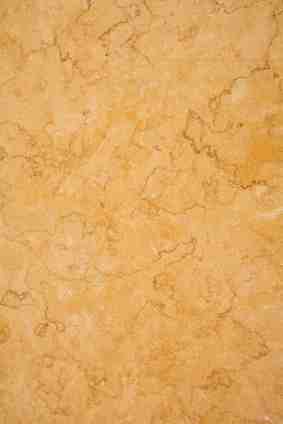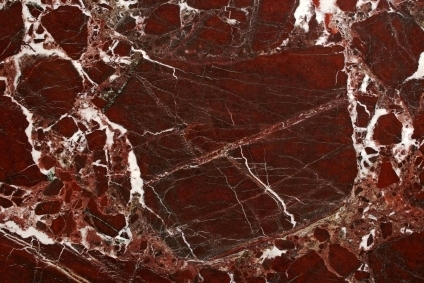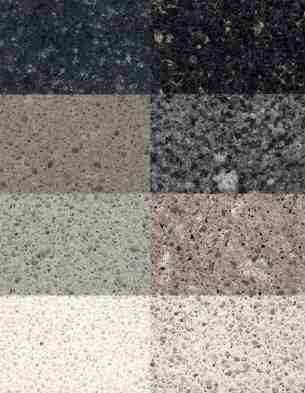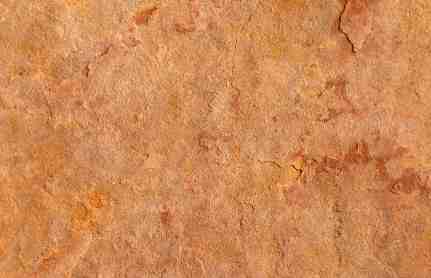
Limestones

Limestones were originally deposited as soft sediments laid down as beds underwater by a variety of chemical, biological and physical processes. Over millions of year, the sediments were buried, compressed and become cemented by precipitation from mineral rich waters. Generally, limestones are composed of calcium carbonate although Dolomitic limestones are, chemically, magnesium carbonate. The fossils and other sedimentary structures these rocks contain, provide a key to the environment under which they were formed. Limestones with a porosity of less than 5% and take a full polish are termed hard limestones. Examples of these are travertine and roman stone. Tradition and the fact that these stones take a full polish lead to some being called “marbles” but they are, in fact, hard limestones.
Marble

Geologically, marble is a limestone that has undergone metamorphism through re-crystalisation because of the action of heat and pressure and chemically active fluids. The process leads to layering of the rock causing foliatiog, so called because of the Latin word, folia, meaning leaves. Some examples of marble used in construction do not exhibit re-crystalisation and are, in fact, hard limestones. However, they polish excellently and present a wide range of colours, patterns and veining that make them ideal for building projects. Because marble are essentially composed of calcite, they are susceptible to natural weathering processes that cause them to lose their colour and polish quite quickly. Consequently, marble is more suited to internal use.
Granite

Granite is and igneous rock that was formed as a result of the slow re-crystalisation of molten magma at depth in the Earth’s crust. Over millions of years, uplift and erosion have resulted in this material outcropping at the surface. Granite generally comprises minerals such as quartz, pyroxene and mica and it’s the size, distribution and precise chemistry of these minerals that give granite its colour. The silica content of granite should be at least 70% Traditionally, granite is very hard, crystalline rock that takes a high polish and is extremely resistant to natural weathering. Granite can be worked to achieve every type of finish from traditional hand tooled, flame textured
Sandstone

These sedimentary rocks literally originated as loose grains of rock materials. Predominantly quartz but occasionally feldspar or some other mineral. These materials were eroded from older rocks and subsequently sorted and deposited by physical action of water and wind to form beds. Over millions of years, the beds were consolidated by processes similar to those of limestones. The cement of sandstone may be rich in various minerals such as silica, iron, caesium and carbonate all of which contribute to the final colour and physical characteristics of the sandstone.
